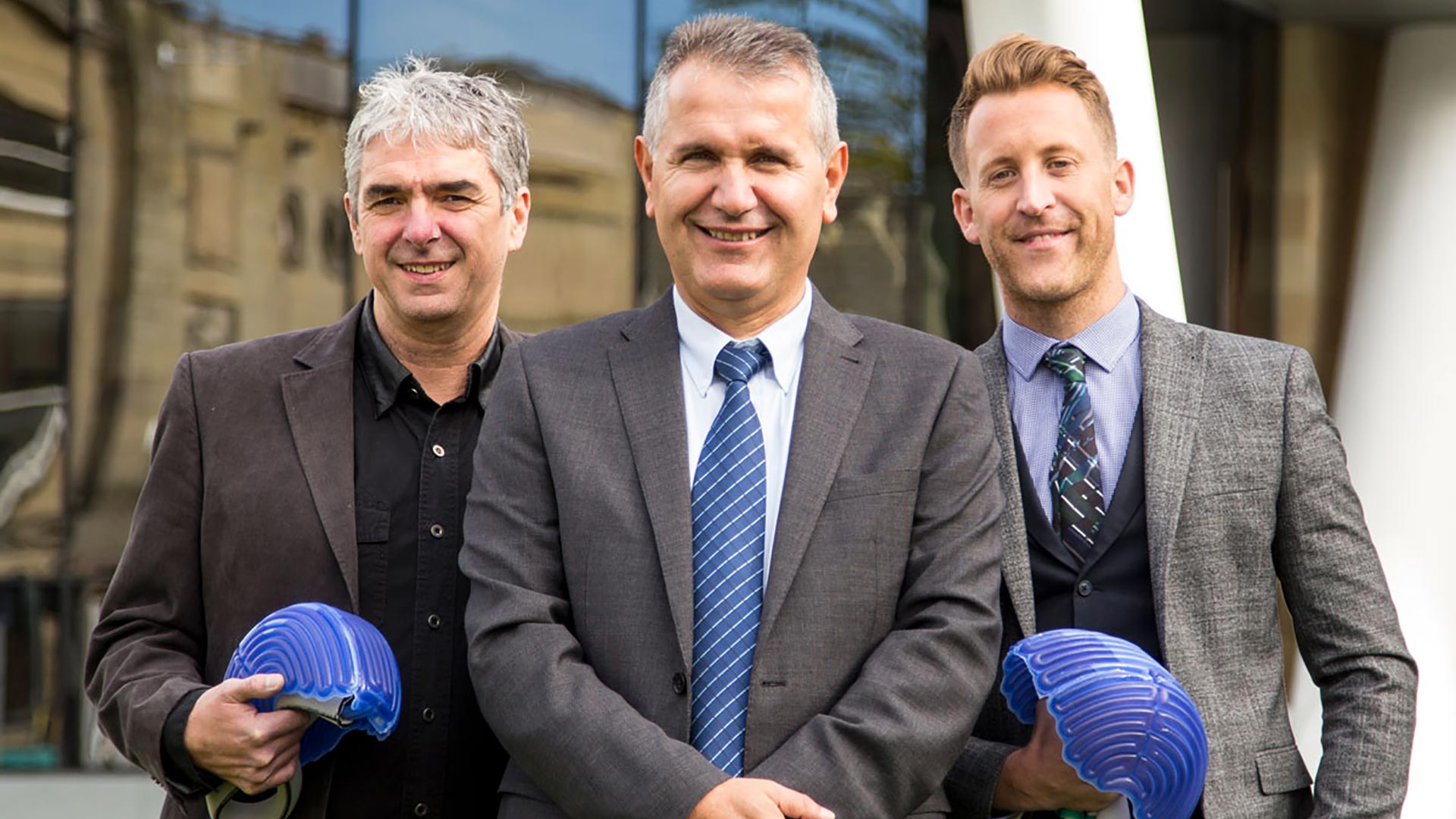
Paxman
Paxman Coolers Ltd needed to gain greater medical acceptance for its scalp cooling equipment in order to make it more widely acceptable as a treatment against hair loss during chemotherapeutic cancer treatments.
With initial funding from an Innovation Voucher the company joined in a Knowledge Transfer Partnership with the Schools of Applied Sciences and of Art, Design and Architecture to design an improved scalp cooling device and to establish a biologically-informed, evidence-based product development strategy.
The project team used cutting-edge research, analysis and rapid manufacturing techniques to develop several prototypes and to produce biological models that accurately represent the conditions that lead to chemotherapy-induced hair loss.
Paxman now has the capacity to accurately interpret clinical evidence in support of the efficacy of scalp cooling treatments and is developing a new cooling cap that is more comfortable for the patient, more effective in application and cheaper to mass produce. The School of Applied Sciences will be publishing its findings and Paxman is applying for patent protection on the new cap design.
One of the most obvious and distressing side-effects of chemotherapy is the hair loss suffered by most patients. Paxman Coolers Ltd manufactures scalp cooling equipment used worldwide to counter this effect but found that, despite significant empirical evidence of the efficacy of scalp cooling, uptake of the treatment was being hampered by a lack of clinical or biophysical studies that might explain the variable success rate.
To challenge this, Paxman engaged the expertise of researchers at two of the University of Huddersfield’s academic schools. Initially funded by an Innovation Voucher from Kirklees Council, Paxman started working with the School of Applied Sciences, using its cutting-edge cell biology techniques to help identify the mechanisms that govern patients’ variable responses to scalp cooling. Following additional funding from Knowledge Transfer Partnership (KTP) and Technology Strategy Board (TSB) grants and from the Collaborative Ventures Fund at the University, the School of Art, Design and Architecture then joined the team to investigate the design of the scalp cooling cap.
This was the first time Paxman had worked within a KTP and for Patrick Burke, Technical Manager, the support from Services to Business was invaluable: “It’s quite rare to hold both KTP and TSB grants at the same time but the University’s Business Development Manager, Susan Lipthorpe, saw the opportunity for us to work across different departments and knew how to access the right funding to do this. Previous validation of our cooling caps came purely from customer feedback so having the credentials of the University to support our grant applications gave them far greater weight.”
From the start, Paxman was clear about the targets it wanted to achieve and the University teams exceeded those expectations. Using anthropometric data, 3D scanning and laser sintering technology, the product design team’s analysis and re-design of the existing cap produced several prototypes for testing. In addition to providing significant improvements in patient comfort and thermal conductivity, the team also developed a novel manufacturing system that promises to reduce costs and facilitate flexible production of the new design.
The School of Applied Sciences focused on developing unique data gathering and interpretation systems to allow Paxman to understand and exploit the results of biological models. “Clinical trials can take so long” says Mr Burke, “but the models developed by the University support the principle of cooling and are a great help in our efforts to convince a sceptical medical community.”
Mr Burke commented on working with the University: “There was an absolutely productive relationship between all the partners. They are highly skilled academics but also completely understood the practical and business aspects of the project. In addition to providing the biological evidence to support scalp cooling treatments, the success of this project will enable us to develop better products and more accurate protocols for their application.”